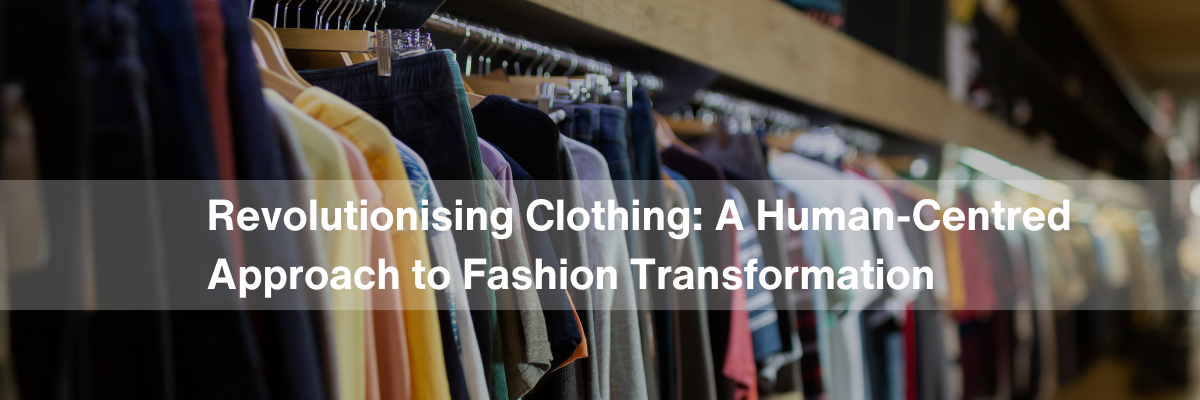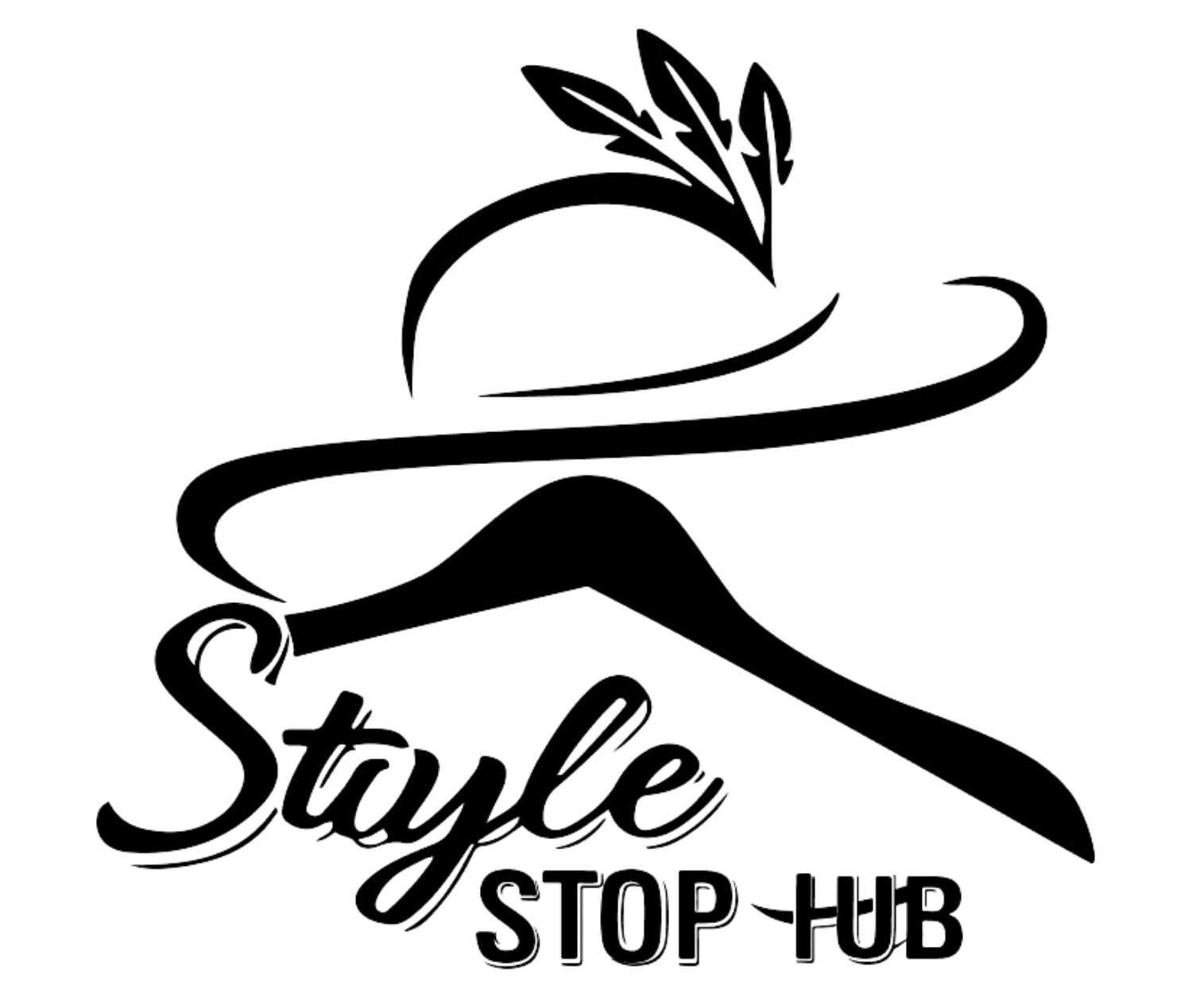Revolutionising Clothing: A Human-Centred Approach to Fashion Transformation

Introduction: The Evolution of Fashion
Fashion is a reflection of culture, identity, and expression rather than just an article of clothes. Clothing has changed over time to reflect shifting philosophies, technologies, and tastes in society. We are at a turning point in the fashion industry’s history as we approach a new age. The need for sustainability, inclusivity, and ethical behavior is growing, and with it, the realization that we must completely transform the ways in which we make, wear, and interact with clothing. We’ll look at how a human-centered strategy may propel this change and improve the fashion industry in this blog.
So, fashion is more than just clothing; it’s a reflection of culture, identity, and expression. Throughout history, clothing has evolved alongside society, adapting to changing tastes, technologies, and ideologies.
Encouraging Communities: From Concept to Execution

Throughout the supply chain, community empowerment is one of the main tenets of human-centred fashion. Every person involved in the production of clothing, from designers and craftspeople to factory workers and seamstresses, is essential in determining the final product. Fashion brands have the ability to create a more sustainable and inclusive industry by empowering these communities to prosper through the promotion of fair labour practices, equitable salaries, and safe working conditions.
Honouring Variety: Accepting Every Body
The fashion business must welcome diversity in all its forms because standards of beauty are always changing around the world. The need to celebrate and accommodate the wide range of bodies and identities that exist in society is becoming increasingly apparent, as seen in the rise of size-inclusive apparel brands and adaptive designs for people with impairments. Fashion brands have the ability to empower people to feel seen, appreciated, and confident in their own skin by embracing diversity in design, marketing, and representation.
Encouraging Sustainability: Rethinking the Footprint of Fashion

The need to address the environmental impact of the fashion industry is arguably one of the most urgent issues it faces today. The old model of fashion manufacturing and consumption is simply unsustainable, with its effects ranging from the depletion of natural resources to the contamination of waterways and the proliferation of textile waste. Fashion firms may mitigate their environmental impact and create a more sustainable future by implementing circular business models, decreasing waste, and embracing sustainable materials.
Creating Innovation: Using Creativity and Technology Together
Innovation stands at the heart of fashion’s evolution, driving progress and pushing boundaries in design, production, and beyond. From 3D printing and virtual fitting rooms to AI-driven design tools and blockchain-enabled supply networks, technology provides unlimited opportunities for altering the way we produce and experience apparel. Fashion brands may unleash new prospects for innovation and create really transformative experiences for consumers by combining technology with human creativity and intelligence
Closing: Taking Fashion in a New Direction

One thing is certain when we consider what the future of fashion holds: change is unavoidable. We have the chance to completely transform how we interact with clothing by adopting a human-centered approach to design, production, and consumption. This will make the apparel sector more meaningful, inclusive, and sustainable for future generations. The opportunities for change are boundless, ranging from encouraging creativity and sustainability to strengthening communities and appreciating diversity. Together, let’s steer fashion in a new direction that prioritizes people and opens the door to a more beautiful, brighter future.
